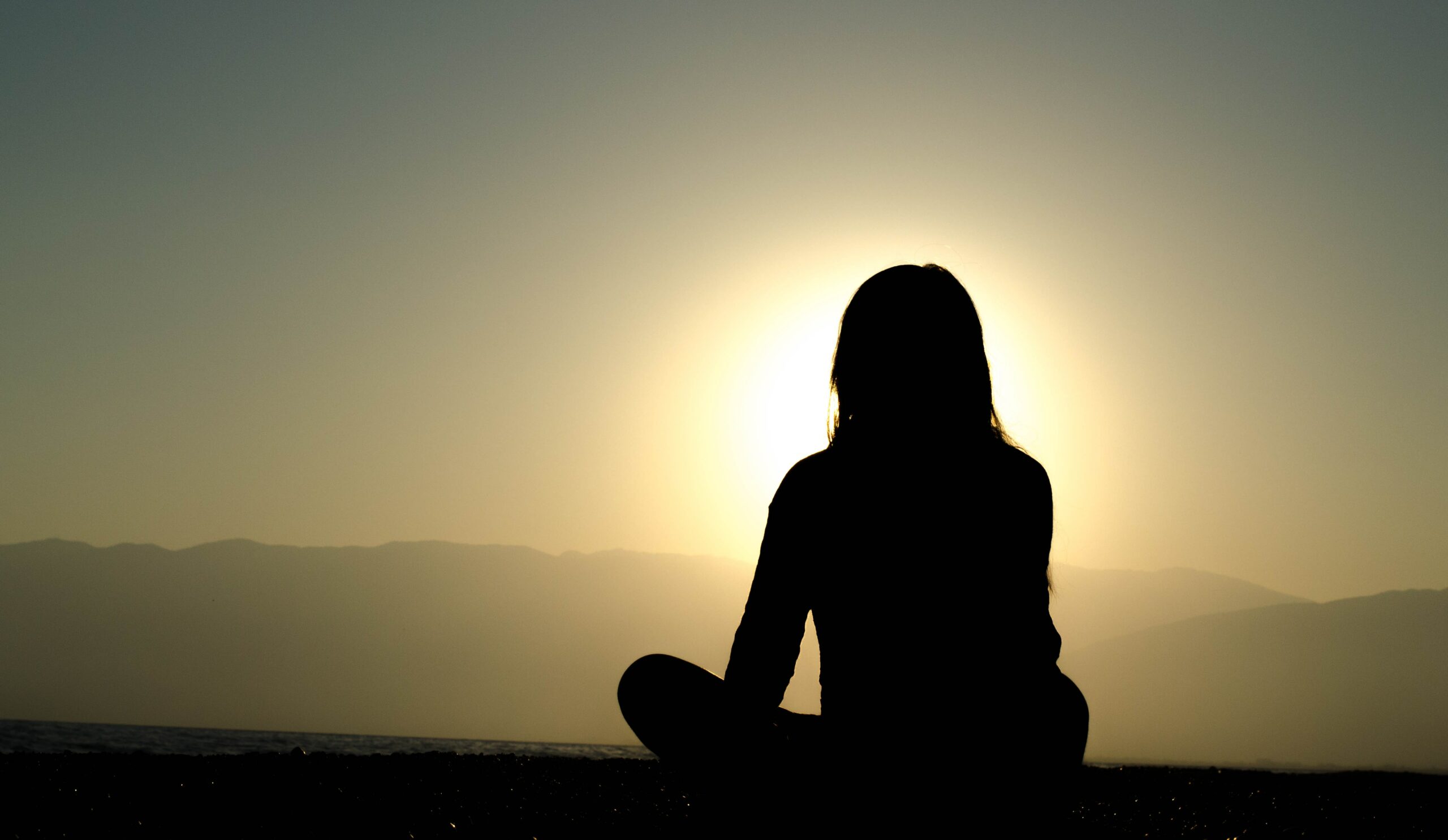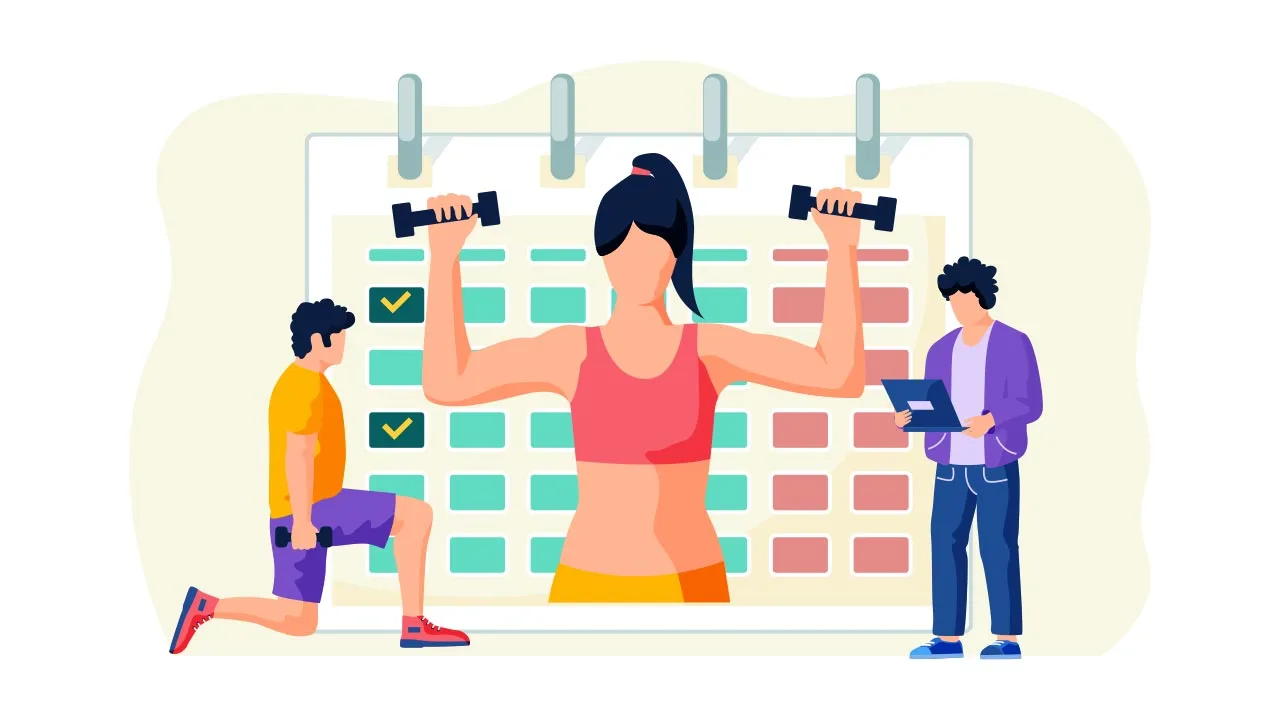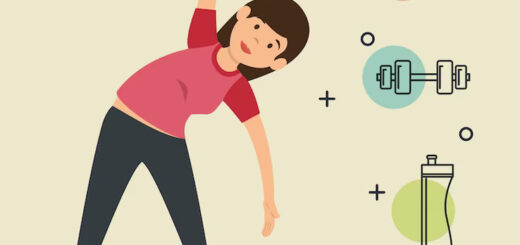Healthy Lifestyle Recommendations for Self-Discipline in Adolescent

While growing old, certain phases of life have a significant impact on the later years and help mold the personality. Things we learn in childhood are then improvised as we grow and become adults. However, what stays with us is the learning we acquired while we were teens or adolescents. An age group that significantly impacts our lives as a whole, adolescence is the later childhood and early adulthood. From 10 to 19 years, this phase of life helps us grow a personality that we foster all our lives after that. Everything, from the ability to make choices to accepting the downfalls, is adapted in this very phase. However, learning never stops, regardless of age, but it surely helps understand a better approach to life. Thus, to lead a healthy lifestyle, here are some health care advice and approaches to adapt as it becomes essential to teach self-discipline habits that help with responsible growth.
It’s never too early to encourage your children to make healthy lifestyle decisions. Healthy eating and exercise are essential as they grow into adults, but it’s also important to teach them about self-discipline early so they can stay healthy throughout their lives.
How much time do teens and young adults spend in front of the television or computer screen?
There are several reasons why avoiding the television or computer screen is better. It’s not good for health because it can cause obesity and other diseases. It’s not suitable for education, and the same goes for social skills; when kids spend too much time on video games instead of interacting with others face-to-face or online, they miss important life lessons like getting along with others. Additionally, some evidence suggests that spending too much time staring at screens can be detrimental to creativity!
How regulated is their sleep schedule?
Do they get enough sleep? How much sleep is enough? The short answer: It depends on the individual. Some teens need eight or more hours a night; others may benefit from less than 7 hours of shut-eye each night. However, most research suggests that adolescents who get less than 9 hours of sleep per night are exposed to greater risk for illness and poor academic performance than those who earn more than 10 hours of shut-eye each night.
Physical exercise: How much exercise do they get daily?
Generally, adolescents need at least 150 minutes of physical activity per week. This includes things like playing sports and dancing, as well as going to the gym or doing other activities that burn calories. Moving past this amount proves terrible for your health and will not help you achieve your health goals!
Find fun exercise, as there are so many ways to exercise that it’s hard to know where to start. The best thing to do is find something you enjoy and commit to doing it often.
Here are some ideas:
- Go for a walk in nature, the park, or the neighborhood.
- Play sports with friends and family members. If they’re not into playing sports, try joining a gym so that they can see how much fun it is.
- Do yoga, and it will help stretch out tight muscles in the body while relaxing them at the same time.
- Limit sugar and junk food.
One of the most important things to do is limit sugar intake if you’re looking to teach habits that lead to a healthy lifestyle. Sugar is one of the leading causes of obesity and diabetes, so you must discipline programs to avoid it as much as possible.
Adapting such approaches from best healthcare tips through top healthcare blogs helps with learning new ways to lead a healthy lifestyle. Follow GetHealthCareTips for more health and beauty tips.



